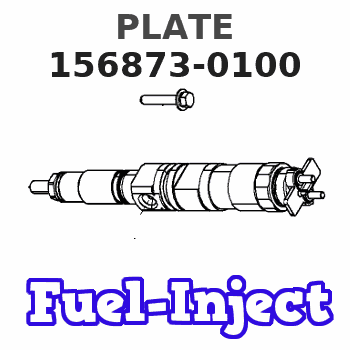Information plate
BOSCH
9 423 611 591
9423611591
ZEXEL
156873-0100
1568730100
ISUZU
1157492390
1157492390

Rating:
Include in ###:
Cross reference number
Zexel num
Bosch num
Firm num
Name
156873-0100
9 423 611 591
1157492390 ISUZU
PLATE
C 14GQ PLATE TIMER
C 14GQ PLATE TIMER
156873-0100
9 423 611 591
225161890A HINO
PLATE
C 14GQ PLATE TIMER
C 14GQ PLATE TIMER
Information:
Illustration 2 g01180699
Pour point of fuel mixturesIn order to calculate the amount of lighter fuel that is required to be blended with the heavier fuel, perform the following steps:
Obtain the specification for the cloud point or the pour point of both fuels from your fuel supplier.
Locate the cloud point or the pour point of the heavier fuel on the left side of the table. Mark the point on the table.
Locate the cloud point or the pour point of the lighter fuel on the right side of the table. Mark the point on the table.
Draw a line between the two points that were established. Label this line "A".
Determine the lowest outside temperature for machine operation. Find this point on the left side of the table. Mark this point. Draw a horizontal line from this point. Stop the line at the intersection of line "A". Label this new line "C".
Line "C" and line "A" intersect. Mark this point. Draw a vertical line from this point. Stop the line at the bottom of the table. Label this line "B". The point at the bottom of line "B" reveals the percentage of lighter fuel that is required to modify the cloud point or the pour point.The above example shows that the blending will require a thirty percent mixture of lighter fuel.Additives are a good method to use in order to lower the pour point of a fuel. These additives are known by the following names: pour point depressants, cold flow improvers and wax modifiers. When the additives are used in a low concentration, the fuel will flow through pumps, lines, and hoses.Note: These additives must be thoroughly mixed into the fuel at temperatures that are above the cloud point. The fuel supplier should be consulted in order to blend the fuel with the additives. The blended fuel can be delivered to your fuel tanks.Moisture Content
Problems with fuel filters can occur at any time. The cause of the problem can be water in the fuel or moisture in the fuel. At low temperatures, moisture causes special problems. There are three types of moisture in fuel: dissolved moisture (moisture in solution), free and dispersed moisture in the fuel and free and settled at the bottom of the tank.Most diesel fuels have some dissolved moisture. Just as the moisture in air, the fuel can only contain a specific maximum amount of moisture at any one temperature. The amount of moisture decreases as the temperature is lowered. For example, a fuel could contain 100 ppm (0.010 percent) of water in solution at 18°C (65°F). This same fuel can possibly hold only 30 ppm (0.003 percent) at 4°C (40°F).After the fuel has absorbed the maximum possible amount of water, the additional water will be free and dispersed. Free and dispersed moisture is fine droplets of water that is suspended in the fuel. Since the water is heavier than the fuel, the water will slowly become free and settled at the bottom of the tank. In the above
Have questions with 156873-0100?
Group cross 156873-0100 ZEXEL
Isuzu
156873-0100
9 423 611 591
1157492390
PLATE
Hino
156873-0100
9 423 611 591
225161890A
PLATE
